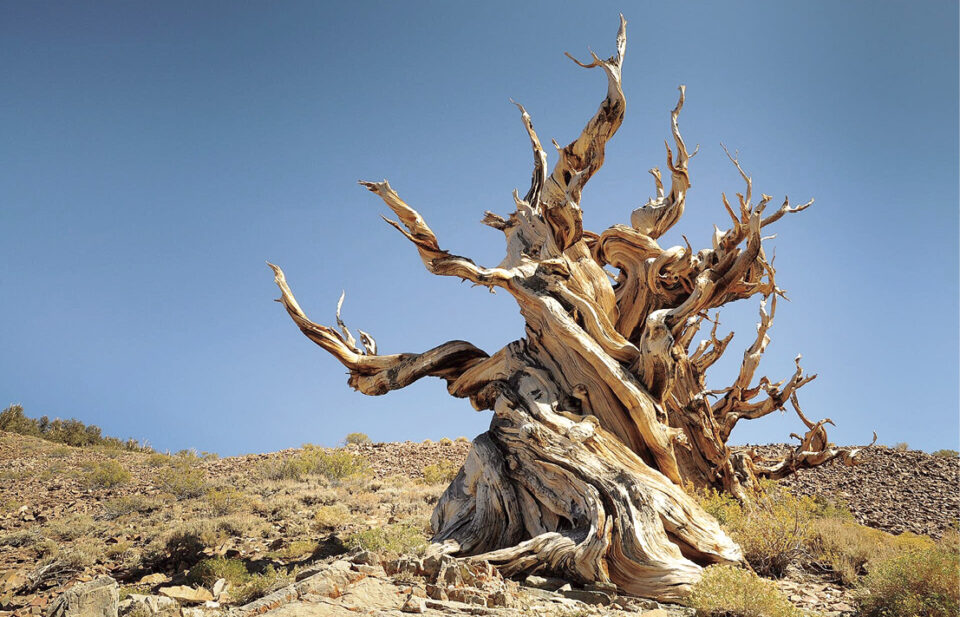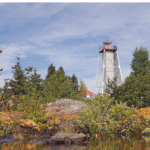Ever wonder what Earth would be like if there were no trees?
“Without trees and forests, we would not have clean water, safe mountain slopes, habitat for many animals, fungi and other plants, the most biodiverse terrestrial ecosystems, sinks for our excess of carbon dioxide, depurators of our polluted air, etcetera,” said Professor Robert Cazzolla Gatti, Italy’s University of Bologna, as reported in an article by journalist Will Dunham for Reuters (February 8, 2022).
Researchers in 2015 pegged the number of living trees on Earth at around three trillion trees (an estimated 422 for every human). So, when did the first modern-like tree appear? Scientists say the first recognized ‘true’ tree was the Archaeopteris, which appeared about 370-380 million years ago during the Devonian period.
According to a recent international study by more than 100 scientists from around the world, there are about 73,300 tree species on Earth. The number was calculated using more than 44 million trees at more than 100,000 sites in 90 countries. Here’s some tree facts and trivia.
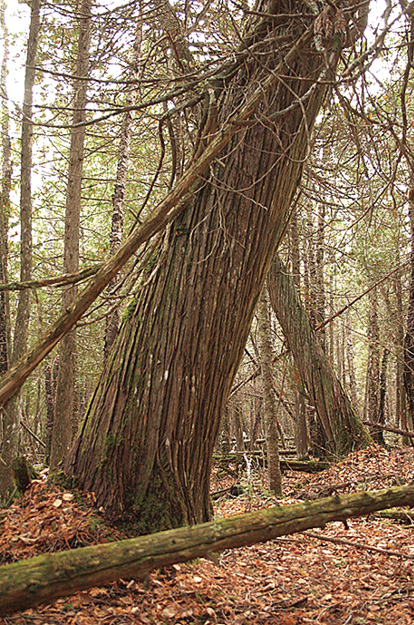
The world’s oldest living “individual” tree is recognized as a Great Basin bristlecone pine tree nicknamed Methuselah, which has been alive for 4,854 years as of October 2022. Methuselah’s age was determined in 1959 from core samples examined and verified by the Laboratory of Tree-Ring Research at University of Arizona. Methuselah’s precise location in the White Mountains of California remains a secret.
However, National Geographic reported in early 2022, that there might be a contender for Methuselah’s title of oldest tree on the planet. A Patagonian cypress in Chile known as the Great Grandfather is believed to be more than 5,000 years old. Located in a forest in the southern Los Rios region, the tree has been recognized as the second oldest, but not yet confirmed as the oldest living tree.
For a time, the world’s oldest living tree was thought to be a windswept Norway spruce named Old Tjikko, located on a mountain in northern Sweden dating back almost 10,000 years. After gaining worldwide fame, it turned out it was a “clonal” tree with the world’s oldest root system, which had been alive for nearly 10,000 years. As a “clonal” tree rather than an “individual” tree like Methuselah, Old Tjikko developed new trunks (each trunk living up to 600 years), branches and roots over thousands of years from that one ancient root system. According to carbon dating, the 16-foot-tall Old Tjikko sprouted around 7550 B.C.
After visiting Old Tjikko, author Peter Wohlleben wrote in his book The Heartbeat of Trees, “Almost ten thousand years has passed since it germinated from its seed. Mammoths had died out, Stonehedge had been erected, and the pyramids had been built. The climate had fluctuated from cold to warm and back again multiple times, but unaffected by any of this, the spruce was still standing intact today in the place where it was born.”
Did you know that the world’s largest tree (measured by volume) grows in California’s Sequoia National Park in the U.S. and is named after an American General? At 52,208 cubic feet, the 275-foot-tall General Sherman giant sequoia tree has a trunk that is 36 feet in diameter at the base, and 60 feet above base, the General Sherman is 17.5 feet in diameter.
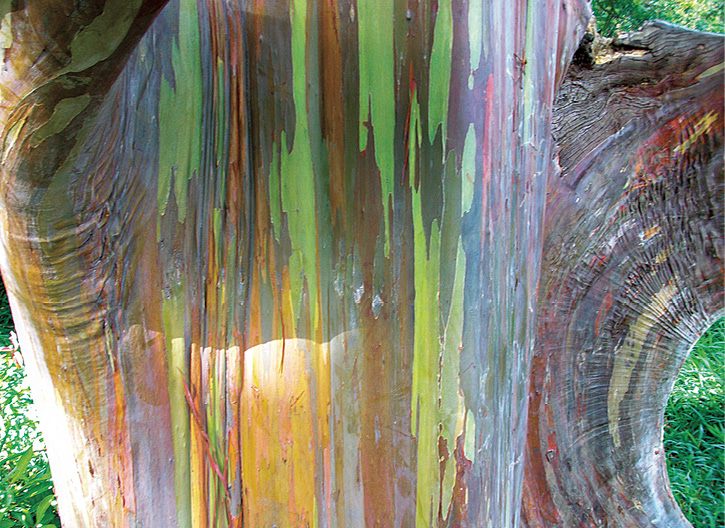
In Ontario, the oldest known tree is an eastern white cedar that’s more than 1,330 years old, growing on a cliff in southern Ontario. Just an hour’s drive east from Thunder Bay, Sleeping Giant Provincial Park is home to Ontario’s second oldest black spruce aged 330 years, and the fourth oldest white cedar at 344 years. Canada’s longest-living tree on record was a yellow cedar in British Columbia at 1,835 years old—but it was cut down in a clear-cut operation in 1980.
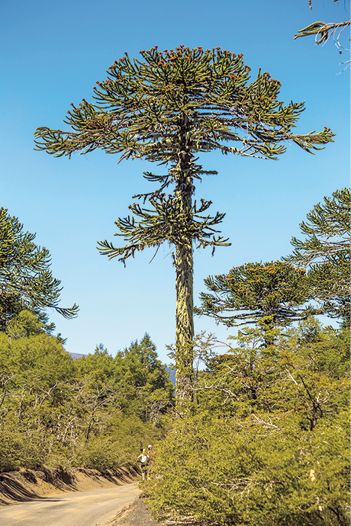
Minnesota’s oldest living tree is a northern white cedar, also known as an Arborvitae (Latin for l’arbre de vie meaning “Tree of Life”), that’s believed to be over 1,100 years old, growing in Lake County. And Minnesota is home to the largest jack pine tree in the USA. The 73-foot-tall jack pine is located on Namakan Lake’s Moose Bay in Voyageurs National Park and is included in the American Forests’ National Champion Trees Register.
Some trees have whimsical, even quirky, nicknames. Over on Sumba Island in Indonesia there’s the “Dancing Trees.” Dozens of uniquely-shaped mangrove trees line the beach and at sunset appear to be dancing. And then there’s the “Dancing Forest” in a pine forest in Kalinigrad Oblast, Russia, where trees have mysteriously twisted in patterns such as rings, hearts and complex spirals bending to the ground.
The rainbow eucalyptus is an evergreen tree with multi-coloured bark. In summer, the smooth bark peels off to reveal vibrant rainbow shades that include blue, green, yellow, red, purple, and orange. Besides tropical regions, the tree is found in Florida, California and Hawaii.
With a quirky nickname, the monkey puzzle tree (Araucaria araucana) is actually an evergreen conifer tree with spine-like needles, that can grow up to 131 feet, and can live more than 1,000 years. Native to Chile (it’s their national tree) and Argentina, in 2013 it was added to the Endangered list.


